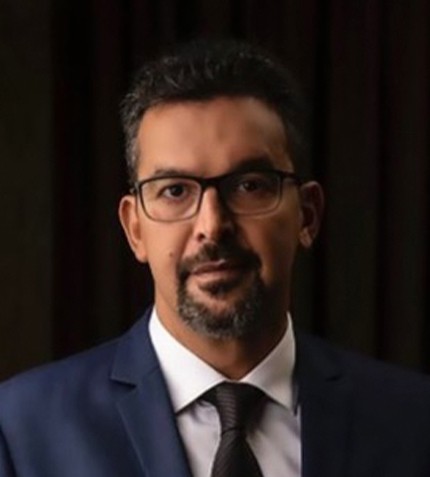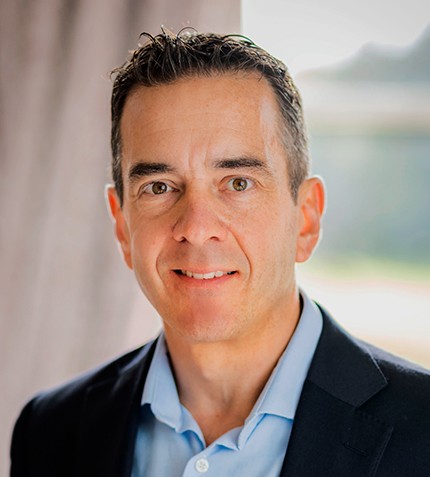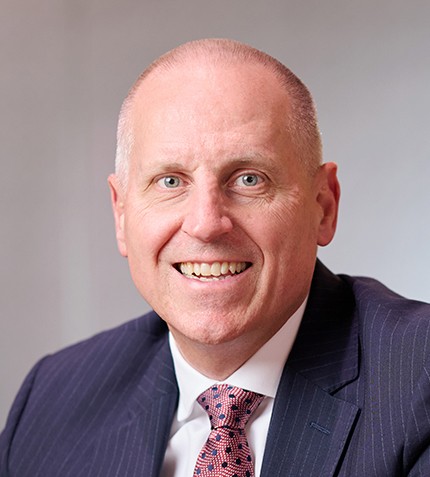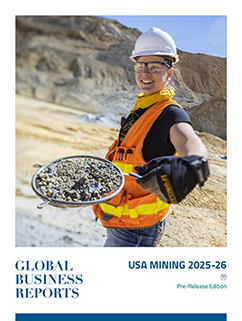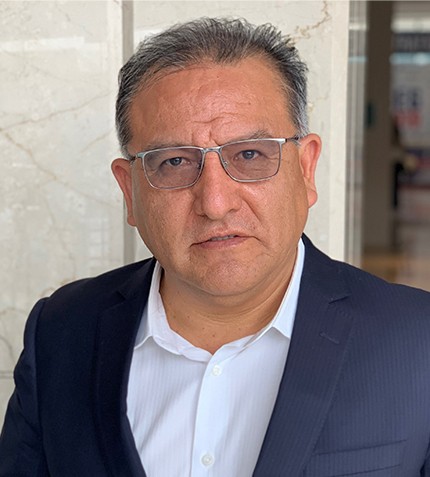
"Rio2’s main objectives for 2020 will be to look for other permitted sources of water for our Fenix project and ways to optimize and lower our capex and opex for the project. We are also planning to continue our M&A activities focused in the Americas."
Enrique Garay
SENIOR VICE PRESIDENT, RIO2 LIMITED
What is the history of Rio2 and why has the company chosen Chile for its flagship project?
Rio2 is a follow-up business to the previously successful Rio Alto Mining, which began business in 2008. Alex Black and his management team took Rio Alto Mining from a CAD$12 million company in 2009, to a CAD$1.2 billion company in 2015, which was then acquired by Tahoe Resources.
Three years later, the same team that had successfully developed two projects in five years with Rio Alto, formed the management team of Rio2. Today we are a public company listed on the Toronto Stock Exchange Venture, the OTCQX Market, and the Lima Stock Exchange. We believe that we have the experience to move advanced projects into production or manage existing mining operations and, to date, we have evaluated over 60 mining and development projects in the Americas. The Cerro Maricunga project in Chile captured our attention because it was well drilled with a sizeable initial resource. After acquisition, the project was renamed the Fenix Gold project. We then wanted to confirm the resource disclosed and drill a further 7,000 meters. The mineral resource estimate was updated in 2019, based on data collected from 91 diamond drill holes and 291 reverse circulation holes drilled on the project since 2010.
What strategy and business model is being implemented at the Fenix Gold project?
Rio2’s business model is to move the large resource at Fenix Gold into development and production as an open pit, gold heap leach mining operation. The strategy is to take the project into production in the shortest possible timeframe based on a staged development strategy. The advantages of developing a project in Chile compared to Peru are that mining regulations are clearly defined and the social aspects of doing business in Chile are far less complex than in Peru. We are in the process of conducting an EIA on the Fenix Gold project, which will be completed in early 2020 and planned to be filed with the authorities for approval in Q1, 2020. In the meantime, we will be applying for various permits related to the project while the EIA is being assessed. We expect to receive our construction permit in Q4, 2021 and commence construction shortly thereafter, with a target date of Q4, 2022 for the start of gold.
Can you elaborate on the permitting process in Chile?
Rio2’s experience with the permitting process in Chile has been positive. The process does take time as it is very prescriptive but we have a commitment to comply with all the regulations and get through the process as quickly as possible. The advantage is that we have a good sense for how long it is going to take, and the clarity of the process significantly helps with planning for the future.
What are Rio2’s objectives moving forward?
Rio2’s main objectives for 2020 will be to look for other permitted sources of water for our Fenix project and ways to optimize and lower our capex and opex for the project. We are also planning to continue our M&A activities focused in the Americas.





